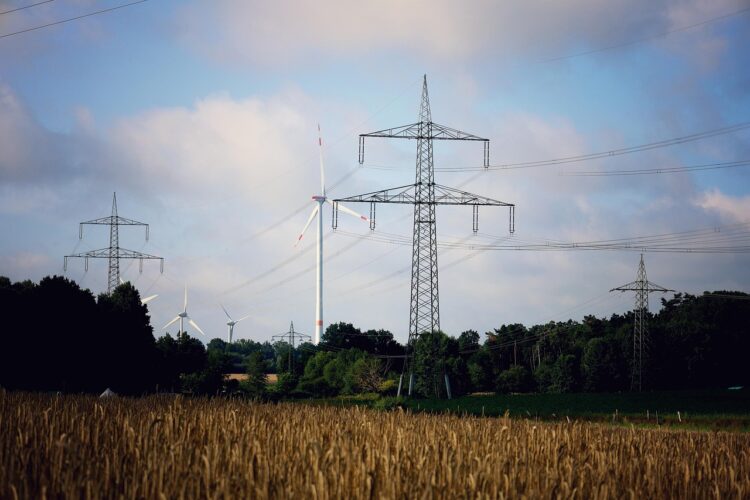Harnessing Nature’s Power: Solar vs Wind Energy
As global awareness about environmental sustainability grows, renewable energy sources like solar and wind have become pivotal in the fight against climate change. Both technologies have their unique benefits and limitations, which makes the decision between solar vs wind energy a critical one for consumers, businesses, and policymakers alike. This article explores the strengths, limitations, and frequently asked questions about these two popular forms of clean energy.
Understanding Solar Energy
Solar energy is derived from the sun’s radiation and can be converted into electricity or heat using solar panels and other devices. It’s one of the most accessible forms of renewable energy and is particularly suitable for residential and commercial use.
Advantages of Solar Energy
- Abundant: Solar energy harnesses the power of the sun, which emits a virtually limitless supply of energy.
- Eco-Friendly: Solar power production generates no harmful emissions, reducing environmental pollution and contributing to a cleaner atmosphere.
- Low Operating Costs: Once solar panels are installed, they require minimal maintenance and generate power at a low ongoing cost.
- Energy Independence: Solar panels provide the ability to generate power onsite, reducing dependence on the grid and offering a buffer against power outages and energy price fluctuations.
Limitations of Solar Energy
- Weather Dependent: Solar energy can be intermittent, as it depends heavily on sunlight exposure, which is affected by climate, weather, and seasonal variations.
- High Initial Costs: The upfront cost of purchasing and installing solar panels can be significant, though prices have been decreasing due to technological advancements and increased market competition.
Exploring Wind Energy
Wind energy utilizes the kinetic energy from the wind to spin turbines that generate electricity. This form of energy is best suited to large-scale production, particularly in areas with abundant wind resources.
Advantages of Wind Energy
- Sustainable: Wind is another endless source of energy and capturing it for power does not deplete any natural resources.
- Cost-Effective: Once installed, wind turbines produce electricity at a very low cost, and like solar, operational costs are relatively low.
- Space-Efficient: Wind farms can be established in various terrains, including rural, agricultural, and even offshore sites, often occupying less space than solar farms.
- Substantial Power Output: A single wind turbine can generate a significant amount of energy, capable of powering numerous homes.
Limitations of Wind Energy
- Location Specific: The effectiveness of wind turbines is highly dependent on local wind patterns, which can vary greatly between different areas and seasons.
- Visual and Noise Impact: Wind turbines are often considered visual intrusions, and the mechanical noise they generate can be a concern for nearby residents.
Solar vs Wind Energy: Key Differences
When comparing solar and wind energy, several factors stand out. Implementation and scaling are significantly easier with solar energy, which can be installed on rooftops without requiring much space. Wind energy, while having higher initial installations, often yields more energy and is particularly effective in places with consistent wind patterns.
Frequently Asked Questions
Which is better for residential use?
For homeowners, solar panels are typically more practical, especially in urban and suburban areas where space may be limited and wind patterns less reliable.
What is the more cost-effective option in the long run?
Both solar and wind energy systems offer low ongoing costs. However, the return on investment largely depends on geographic and climatic factors. Subsidies and incentives also play a critical role in the economics of solar and wind energy investments.
Can solar and wind energy be combined?
Yes, hybrid systems that integrate both solar and wind can harness energy more consistently, as typically when it is not sunny, it may be windy and vice versa.
What is the future of solar and wind energy?
With continuous advancements in technology and increased governmental support, the future looks bright for both solar and wind energy. Innovations like improved energy storage and more efficient turbine designs are likely to further enhance the feasibility and appeal of these renewable energy sources.
Conclusion
The choice between solar and wind energy depends largely on individual circumstances, including geographic location, environmental conditions, and financial considerations. Both forms of energy play crucial roles in the global shift towards renewable energy, offering sustainable, cost-effective solutions that help reduce our carbon footprint while promoting energy independence. As technology advances and investment continues to grow, the potential for solar and wind energy to power our future becomes increasingly promising.
Decision-makers and consumers embracing either technology contribute positively to a sustainable environment, making a significant impact in the global fight against climate change. Whichever option you choose, both solar and wind energy offer a path to a greener, more sustainable world.










